Takeaways
Fitness and nutrition is a passion of mine, so the calorie tracking space has always interested me. However, I was surprised at the vulnerability participants showed in the survey results. There is a negative mental impact of current calorie tracking apps that I was unaware of. This drove me to pursue a solution that would help users who suffer from obsessive eating behaviours to achieve their goals without guilt or pressure.
Having gone through the design process before, I was able to design Nibbil much faster than previous projects. My biggest learning from this process was that for some people, the impact of inclusive, intentional design can be profound. I will carry that user focus into my future projects.
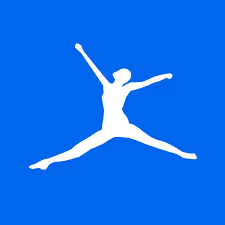
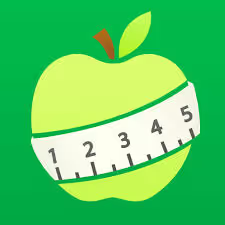
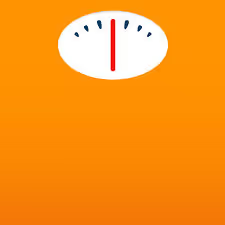
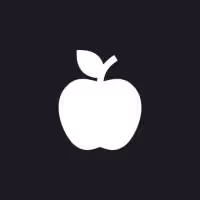
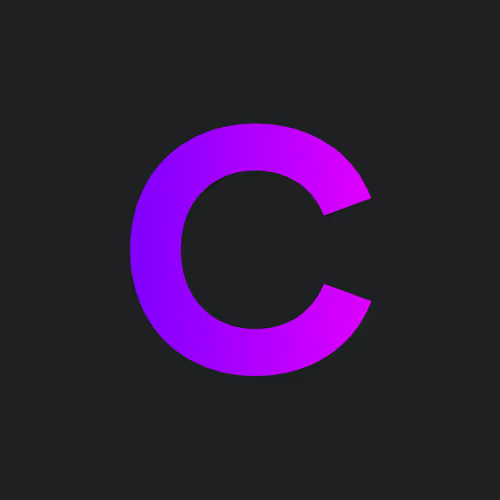


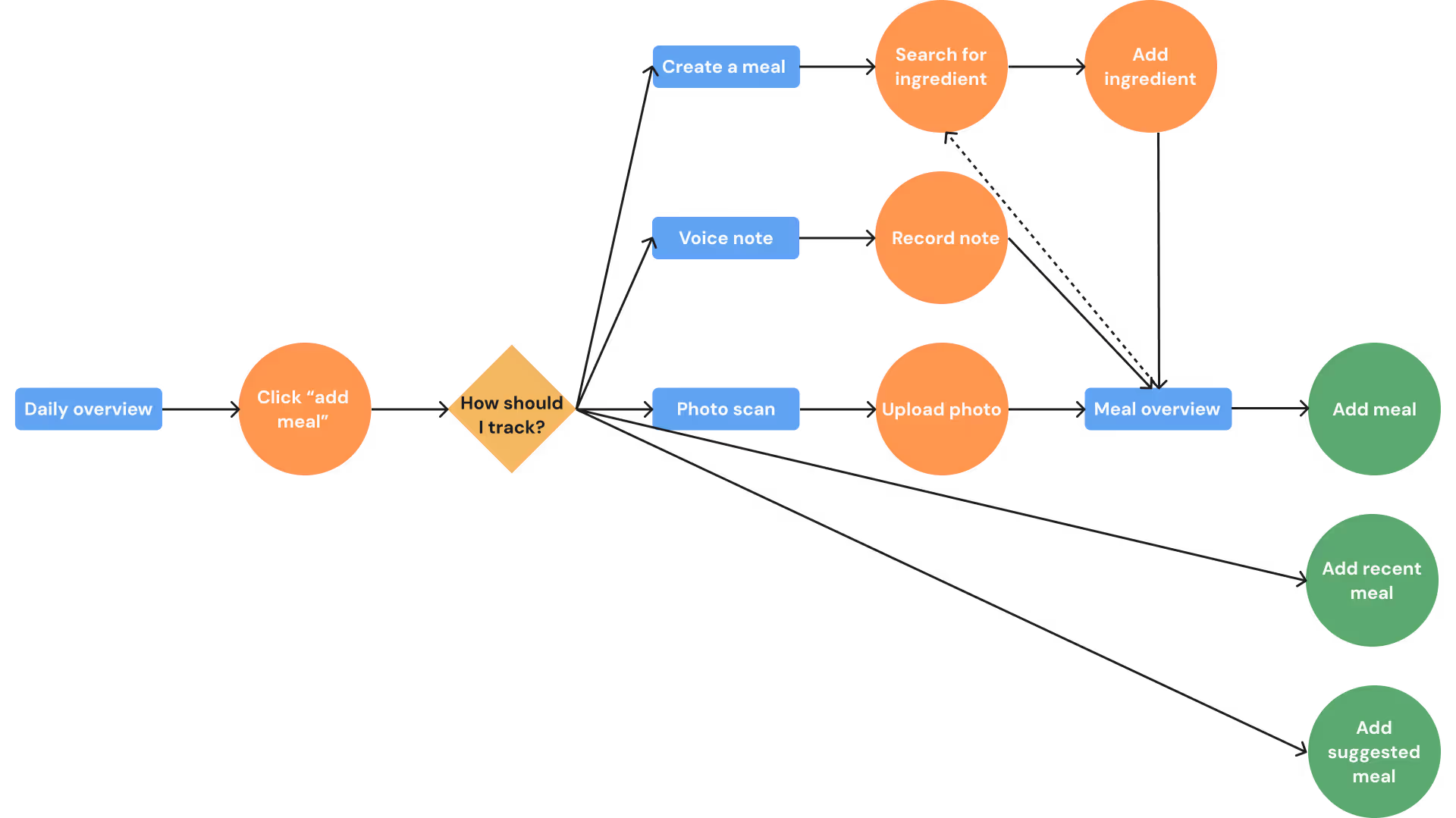
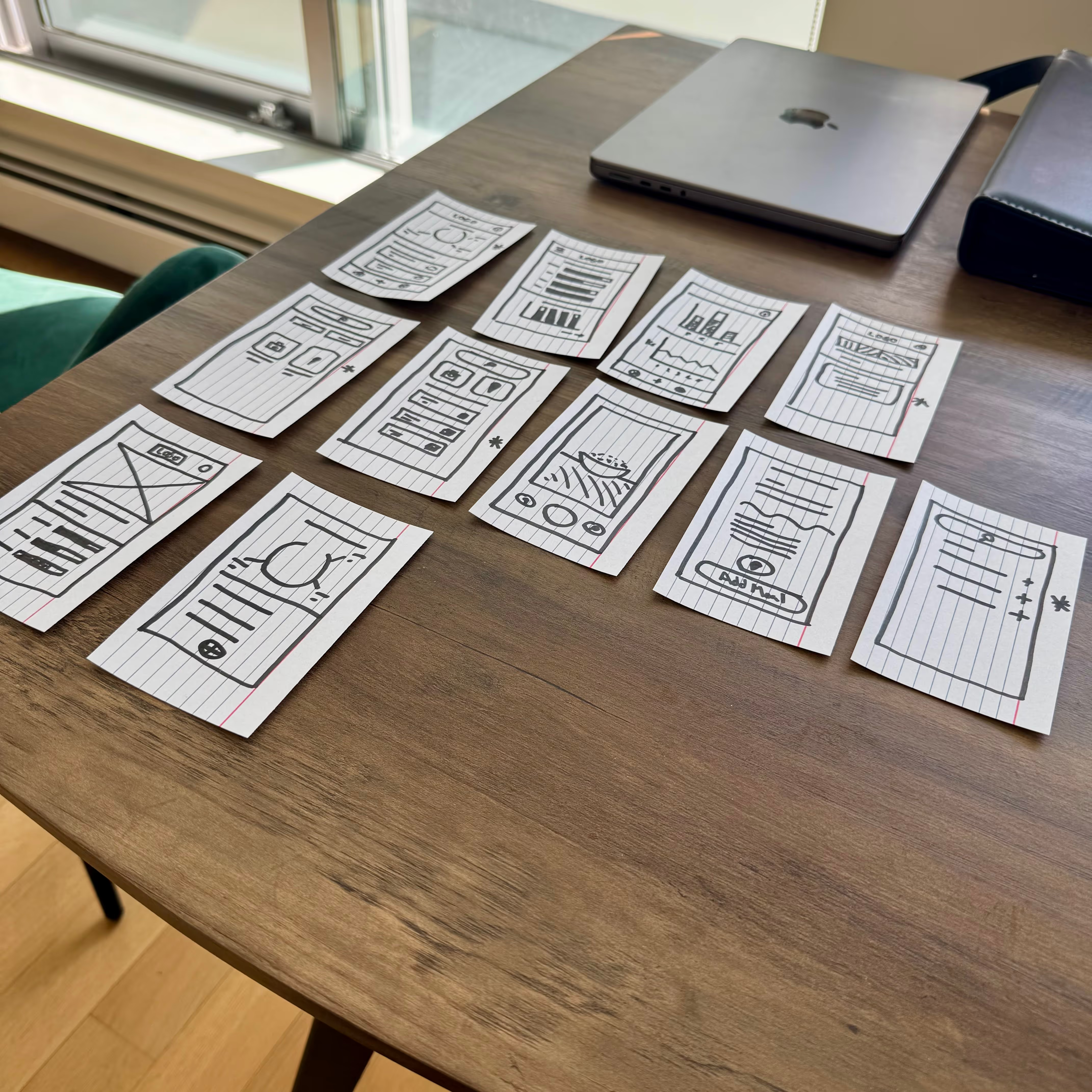
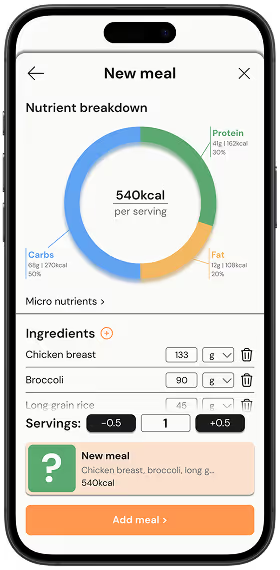
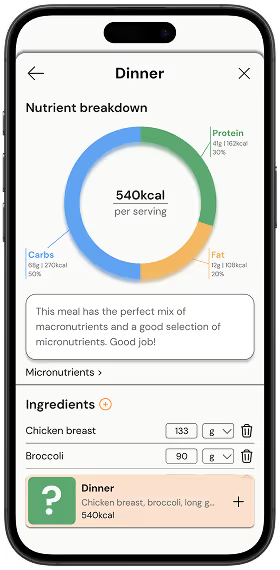
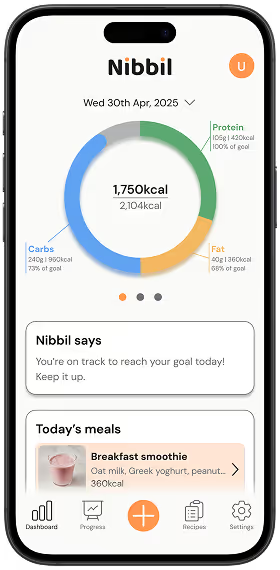

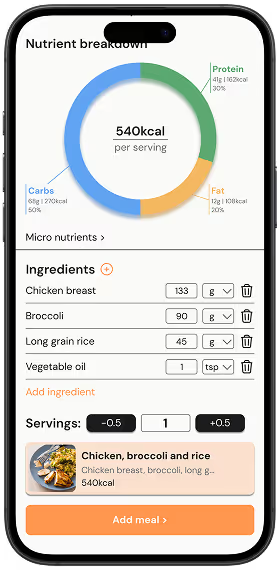
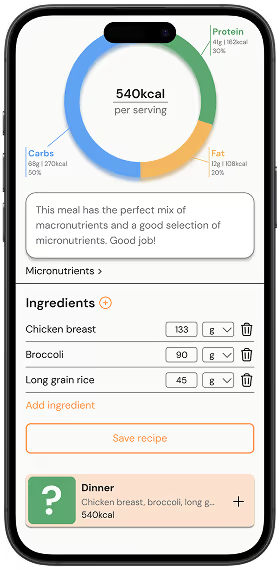
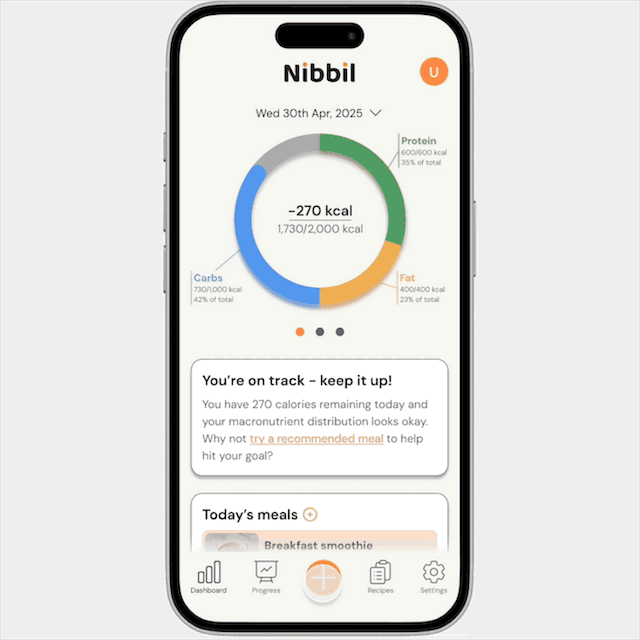

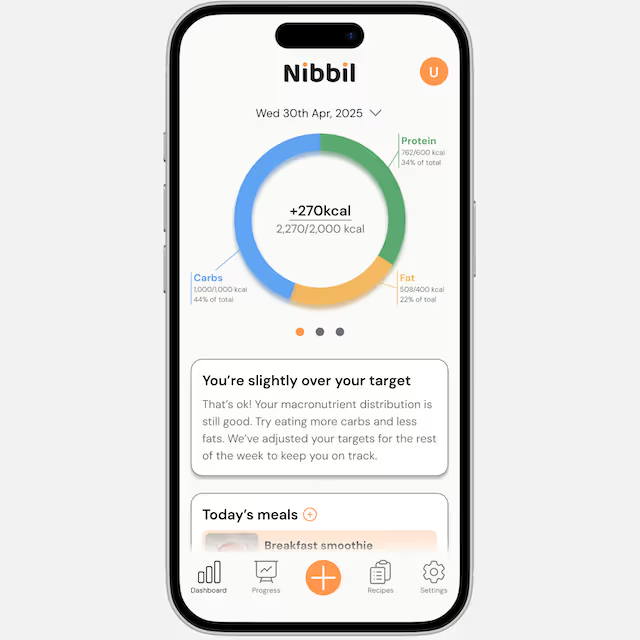
.avif)